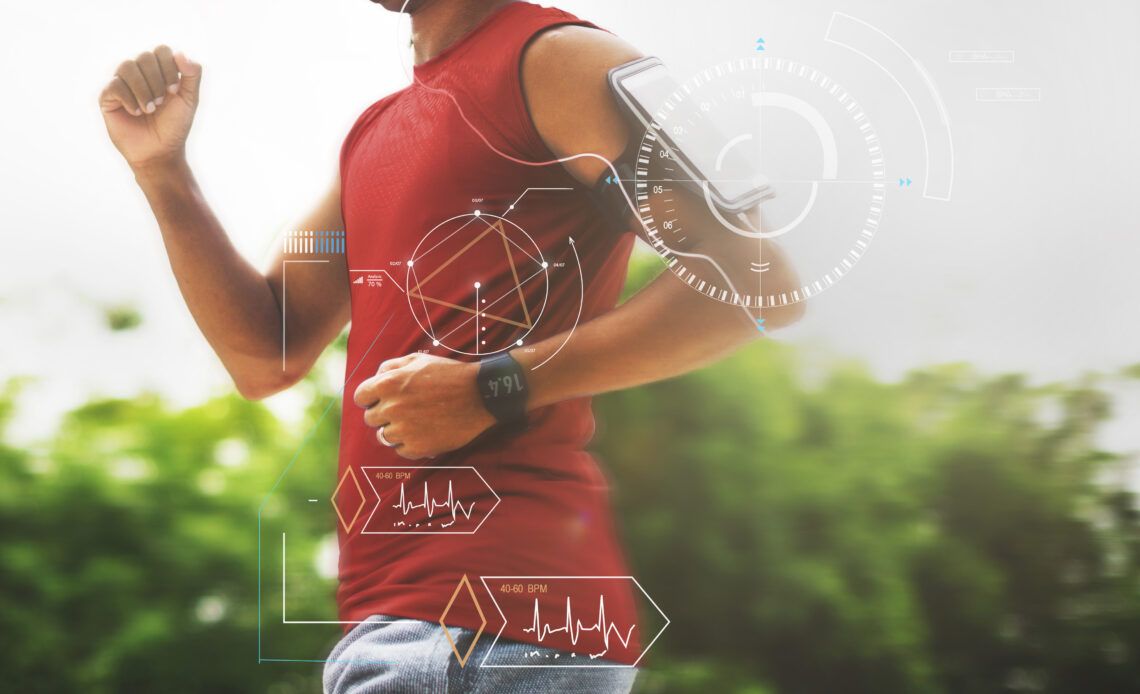
Continuous health monitoring devices are the future of personal healthcare.
Imagine if one of your phone apps could let you know that your blood sugar levels are too high?
Imagine if your watch could let you know that your heart is out of proper rhythm?
Imagine if your virtual assistant could let you know that your speech pattern has changed, potentially indicating early Alzheimer’s or dementia by a decade in advance of onset?
These are all possible today. Somewhat surprisingly, wearing masks does not significantly impair voice diagnostic results.
Continuous Health Monitoring Devices
Continuous health monitoring can make a huge difference in early diagnosis and prevention of serious diseases, extending your healthspan and lifespan. So which devices should you consider using? Which areas of your body and your life would you like to monitor continuously?
Sleep Monitoring Devices
Consistent quality sleep is the most important factor for your health. Keep Health previously covered the leading-edge technologies in our article on the top sleep monitoring devices.
Additionally, quality products which monitor sleep oxygen levels and detect sleep apnea are available.
Diet and Blood Sugar Level Monitoring
The FreeStyle Libre app and arm patch monitor your blood sugar levels after you eat different foods. Hyperglycemia or blood sugar spikes can cause headaches, fatigue, thirst and potentially dangerous conditions like ketoacidosis. By seeing the physical impact on your body, you can learn to adjust your eating patterns with better portion control and food selection. The benefits include feeling better and having more energy. Here’s how expert biohacker Richard Sprague uses continuous blood glucose monitoring to improve his healthy lifestyle.
It also helps to be familiar with the glycemic index for foods so you can avoid common high glycemic choices such as red and white potatoes, white and sticky rice, white and whole wheat breads as well as most cereals.
Would you use a device which detected your caloric intake and provided feedback on it during the day? If so, there are phone apps which can identify the calories from a photo of your meal and track those for you.
Toilet-based Urine Testing
Israeli startup Olive Diagnostics provides at-home urinalysis testing with a device which attaches to the toilet rim. The device works with an AI phone app to provide remote diagnostics using the molecular composition of your pee! Olive’s solution has been through clinical trials and accurately detects many health inhibitors and life-threatening agents. Users are alerted with early detection of issues like diabetes, urinary tract infection (UTI) and kidney stones.
Body Composition Monitoring
InBody’s H20n home scale measures far more than your weight. It also covers determines your skeletal muscle mass, body fat mass, percent body fat and basal metabolic rate. Aside from pads for foot placement, it has hand grips to allow for much more sophisticated body analysis.
Speech Health Monitoring Devices
Companies like Canary Health and Winterlight Labs are analyzing speech to detect signs of mental health issues, depression and even worsening signs of congestive heart failure. Although these haven’t been integrated or built into Alexa yet, Apple is interested in using speech diagnostics for healthcare.
Heart Monitoring Devices and Exercise Trackers
The Apple Smart Watches and Fitbit Trackers provide a range of continuous health monitoring functions. As well as tracking your daily exercise, they monitor your heart rate and rhythm variability, blood oxygen level, stress levels and skin temperature. The Apple Watch electrocardiogram (ECG) feature has received FDA clearance for detecting atrial fibrillation. Of note, the Apple Watch cannot detect heart attacks. If you ever experience chest pain, pressure, tightness, or what you think is a heart attack, call emergency services immediately.
The Mawi patch is the latest improved technology for continuous medical-grade EKG monitoring, offering an alternative to Holter monitors and Zio patches. However, Zio has very accurate AI algorithms for rhythm interpretation, backed up by terabytes of data over many years. It’s tough to beat that. Recording ECGs is not difficult, it’s the data management that’s challenging.
New wearable monitors are being designed to allow for real-time monitoring during exercise. They are not yet commercially available.
Health Monitoring Devices Conclusion
The future of medicine is going towards more low-cost personal monitoring devices which can share results as you choose with your primary care provider. AI algorithms will then assist your primary care provider in making the best decisions for your health.
This concludes today’s article. As your reward for reading, add a continuous health monitoring device to your gift wish for this upcoming holiday season. Also, consider giving them to your family members.
